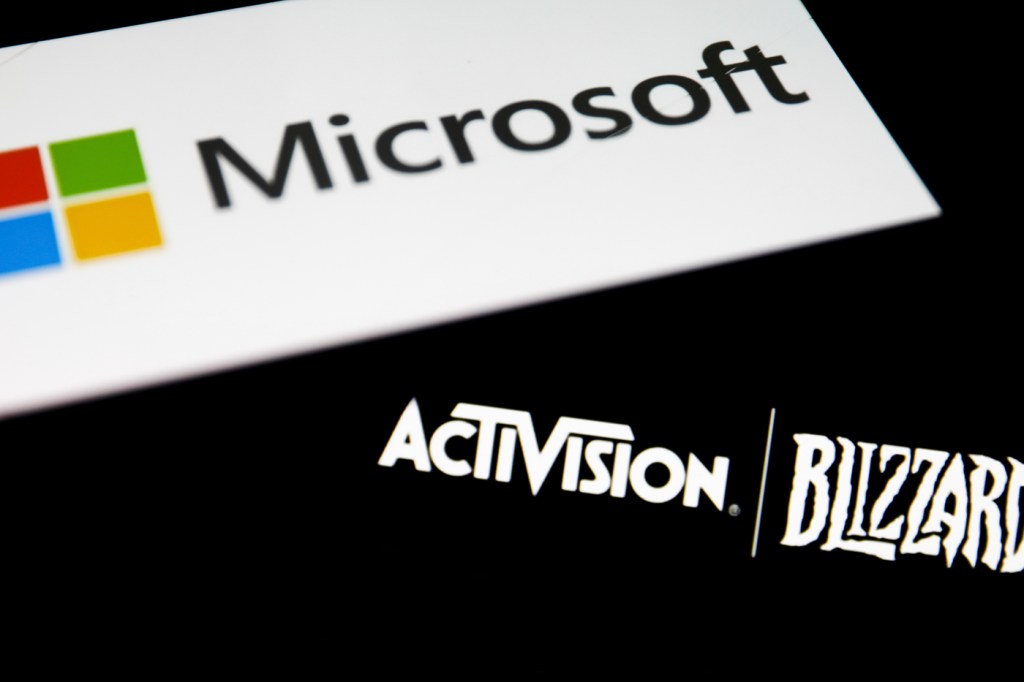Multibillion-dollar gaming mergers mirror the film industry consolidation of the 1930s

News that Microsoft, the world’s largest software company, would be acquiring Activision Blizzard, an American video game publisher, for $68.7 billion generated lots of buzz about the future of some gaming’s most popular franchises—titles such as World of Warcraft, Call of Duty, and Diablo III, to name a few.
News of the January deal—the largest in the gaming industry to date—was then followed by another high-profile industry merger, when Sony, the world’s largest video-game publisher, announced later in the month it would be gobbling up Bungie, Inc., maker of the first-person-shooter franchise “Halo,” among other popular titles.
Aside from its eye-popping price tag, the Microsoft/Activision Blizzard acquisition sent shock waves through gaming circles for its sheer footprint (Call of Duty is the highest-selling gaming franchise to come out of North America). And because the announcement of Sony’s purchase came just days after Microsoft’s, the two deals provided something of a who’s who for industry outsiders at a time when gaming continues to push its way into mainstream culture.

Celia Pearce, associate professor of game design in the College of Arts, Media and Design. Photo by Northeastern University
But the industry has been well on its way to consolidation for decades, says professor Celia Pearce, a game designer who specializes in multiplayer gaming and virtual worlds.
“The gaming industry today is very much like what the film industry was like in the 1930s,” Pearce says. “It’s hierarchical; it’s centralized. Distributors own the content providers, et cetera. And it’s nothing new.”
Consolidation of movie theaters and film studios helped fuel a federal antitrust case against Hollywood in the 1940s. But more recently, those antitrust rules—also referred to the Paramount Consent Decrees—were swept aside by a federal judge. With regulations relaxed, studios are now allowed to own theaters and therefore dictate how, when, and where consumers view the content they produce. The same lack of oversight currently exists in relation to gaming, Pearce says.
And increasingly, game developers are merging with the companies that distribute the games, Pearce says, which raises concerns that control over industry is being concentrated in too few hands.
“The argument has been this: If you control the distribution, and you control the product, you clearly have some monopolistic influence on the market,” Pearce says. “But I don’t think the [Federal Trade Commission] is going to flag it because I don’t think they understand that.”
And consolidation of platform control is often accompanied by a breakdown of labor practices, Pearce says. The state of California sued Activision Blizzard in July, claiming the gaming studio created a “frat boy” culture of “constant sexual harassment” and gender-based discrimination.
“It shouldn’t surprise us that these big companies have evolved to have such egregious labor practices,” Pearce says.
“Microsoft has a better track record than Blizzard,” she continued. “They have done many things to address inequities by comparison. So when I saw the acquisition, I thought, ‘You know, this might actually help.’ Microsoft has a corporate culture more conducive to change.”
Pearce says the market for independent games, or so-called “indie games,” acts as a countermeasure to what she says is an “aggregation problem.” Indie games are on the rise, she says, infusing the industry with designers and developers who—like indie filmmakers—“just want to make art.”
For media inquiries, please contact media@northeastern.edu.






